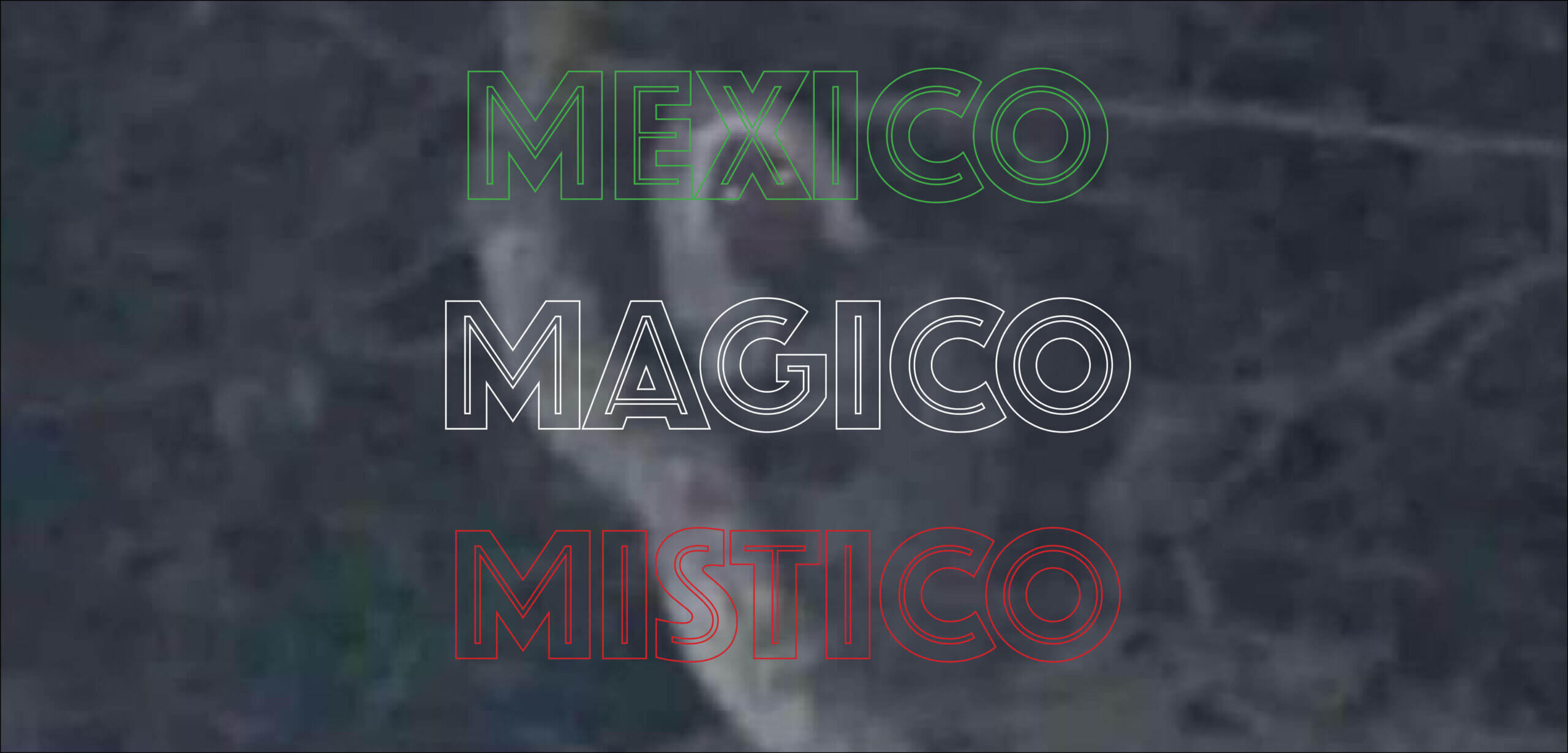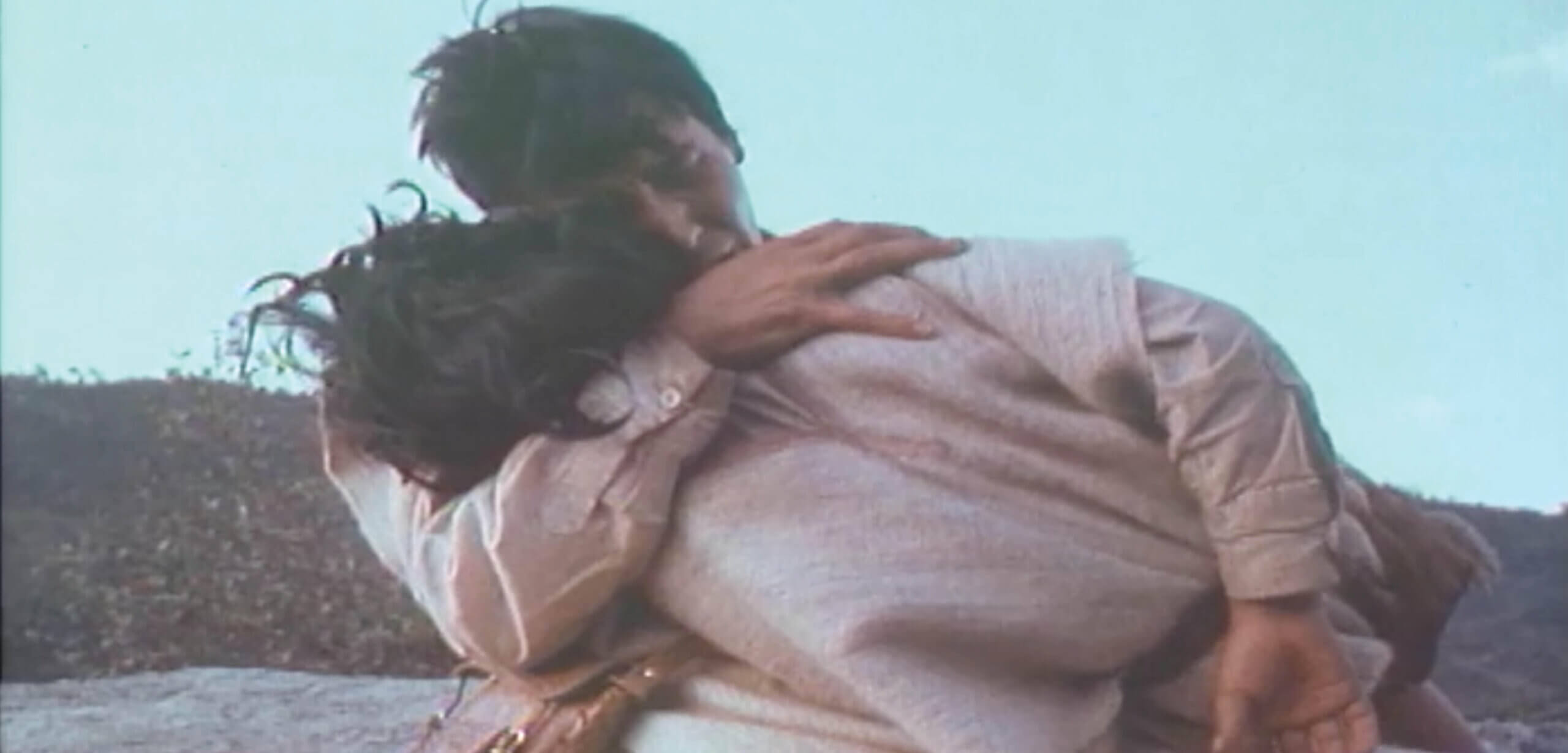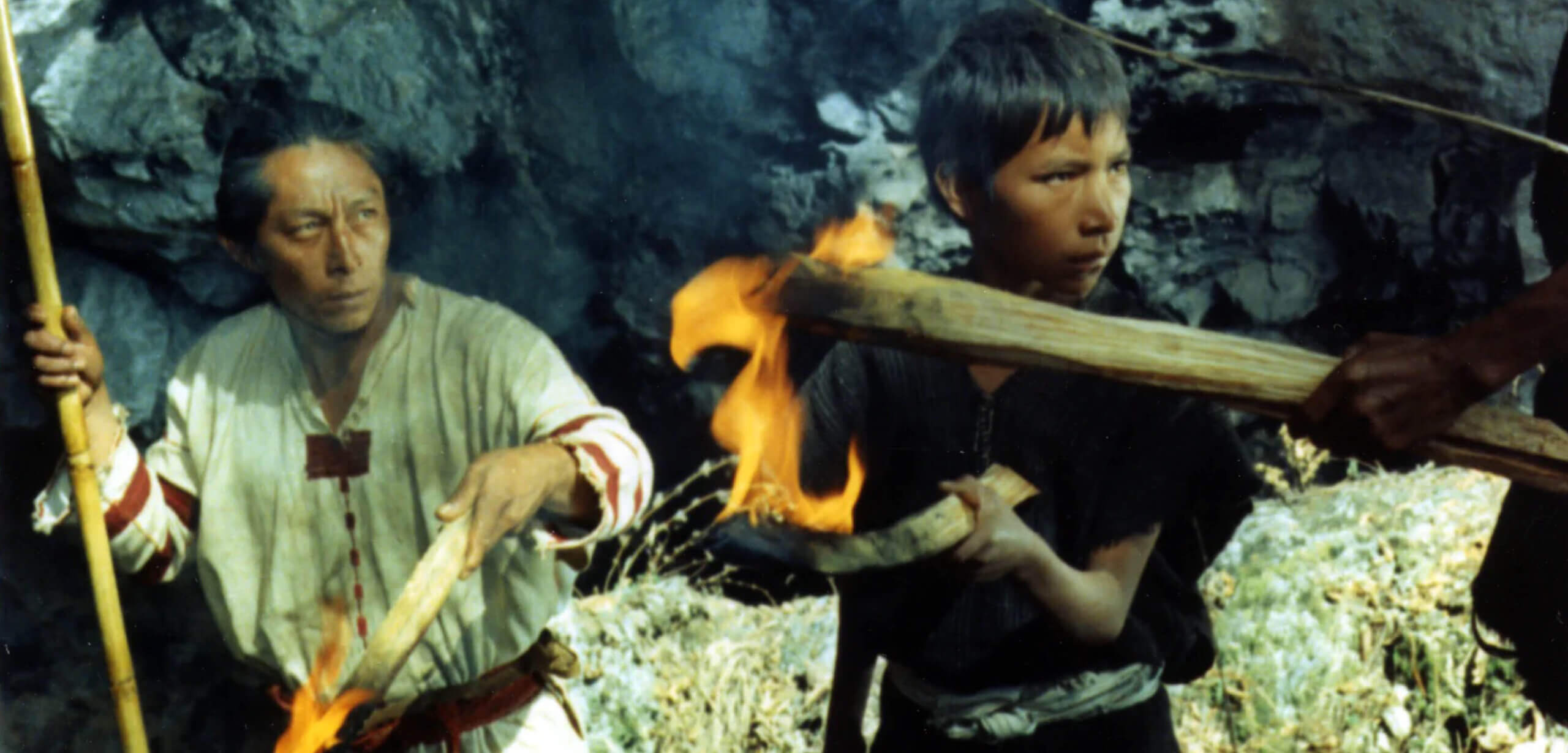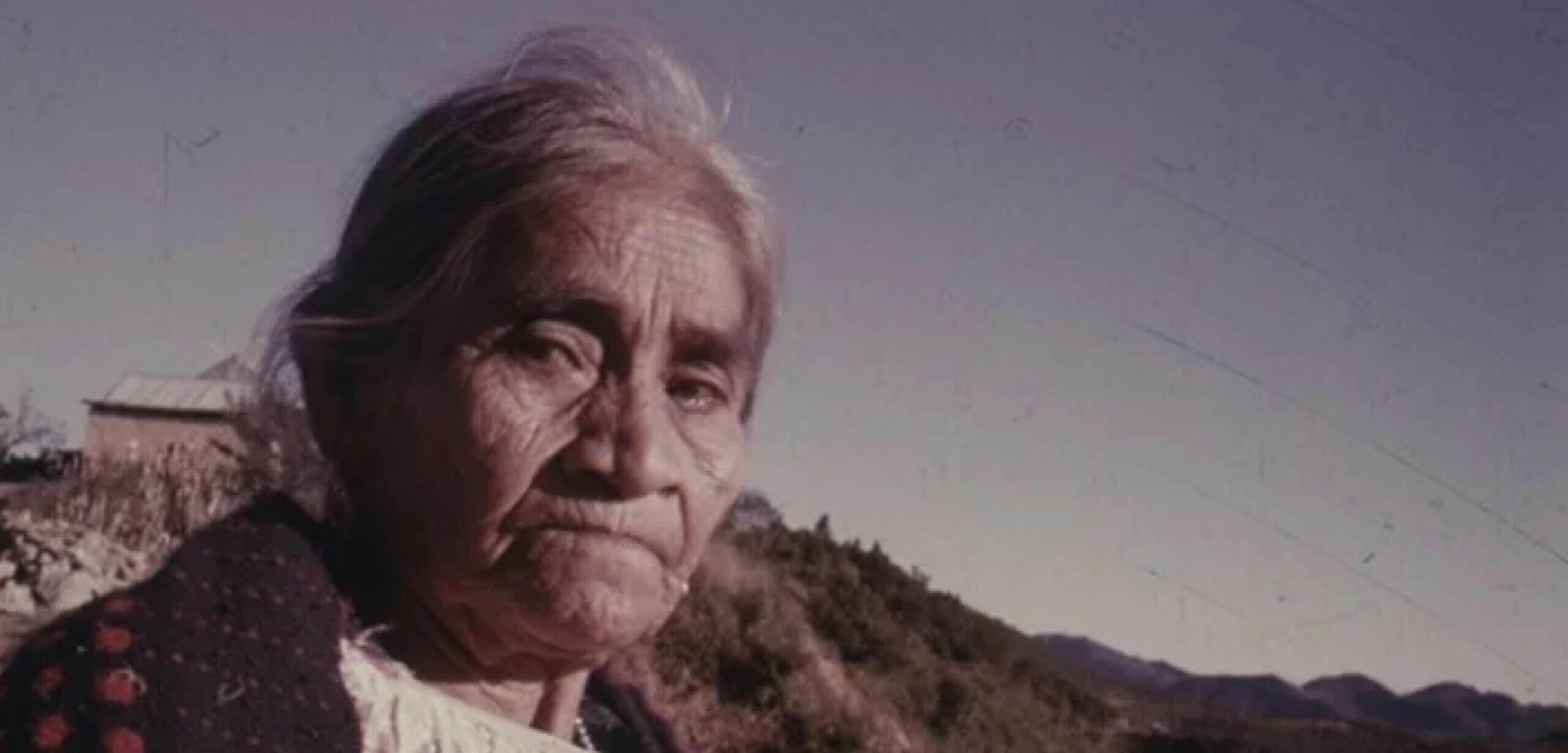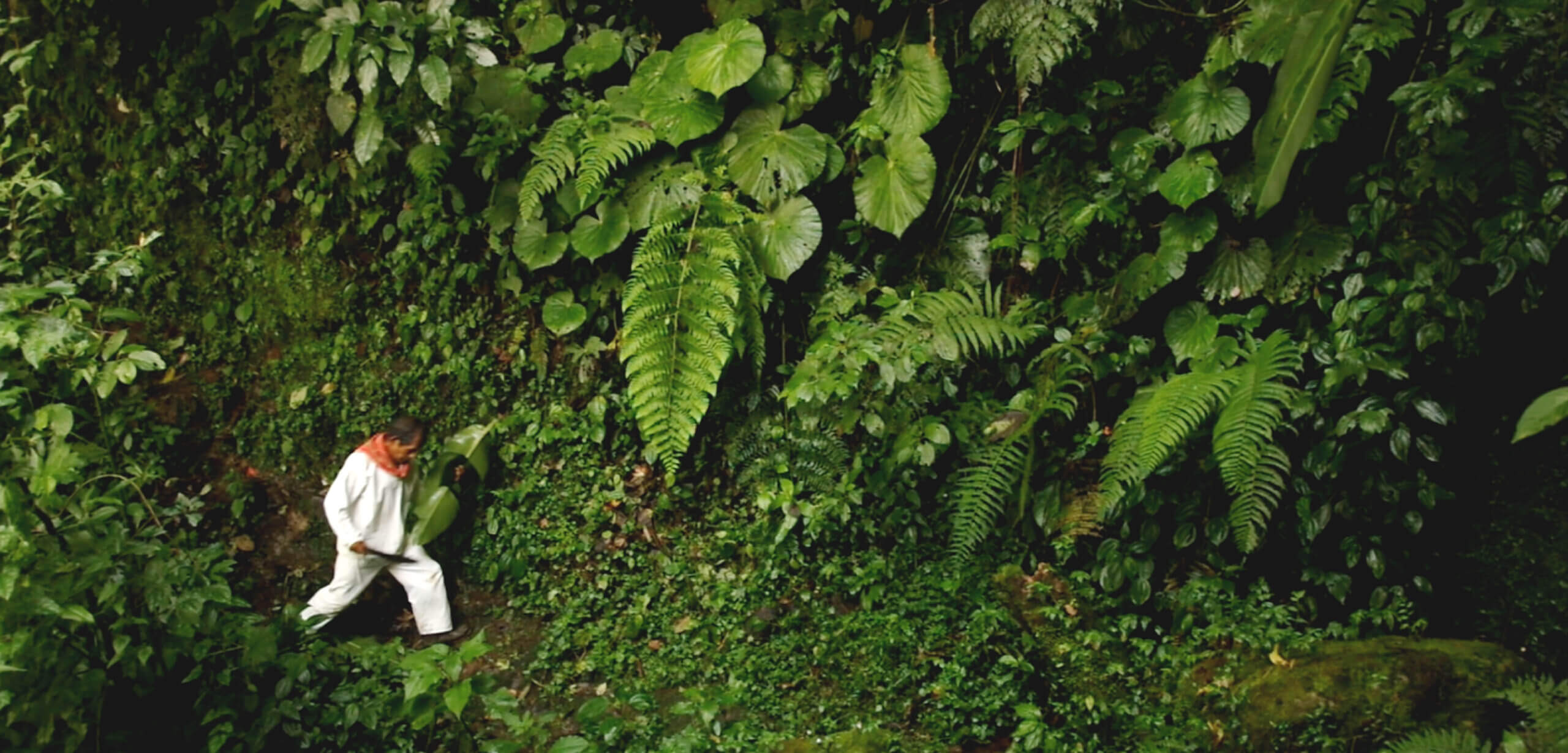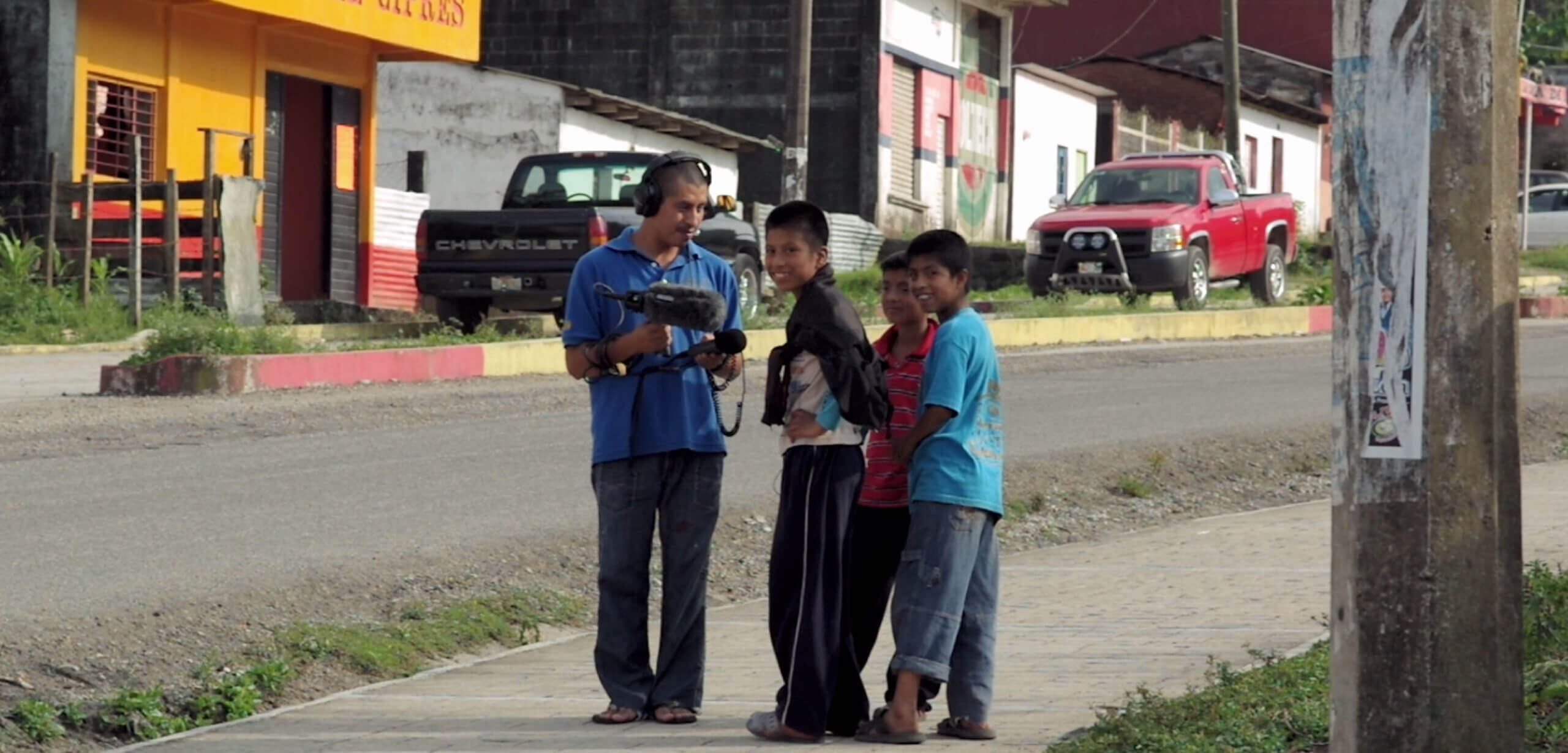Like all nations, Mexico surfaces from myth. Its most popular myth remains branded on its flag, an iconographic depiction of an eagle eating a snake atop a nopal that dates back to the Aztec decision to settle in Teotihuacán (present-day Mexico City). This symbol of antiquity, woven into the popular imagination of a once-colony, oft-imperialized territory has come to represent everything from indigenous culture to neoliberal threat. This, like the many phantasmic myths that make up Mexico’s character, speak to its syncretic soul — living, deadened, relatable and innominable.
Taking the American carnival of representation edified in Cinco de Mayo as a jumping off point, Spectacle Theater presents a series spotlighting a few, little seen, Mexican films dealing with the mythic, mystic and shamanistic traditions much of the nation’s allure has been constructed around. Both released in 1975, Rolando Klein’s CHAC: THE RAIN GOD and François Reichenbach’s DO YOU HEAR THE DOGS BARKING? stand out as cavalier works of ethno-fiction, refracting indigenous stories through the prism of greater cultural narratives. CHAC concerns a village’s attempts to solve a drought after their local shaman fails them, forcing them to seek assistance with an enigmatic mountain-dwelling diviner. Based on a story by celebrated Mexican author Juan Rulfo, DO YOU HEAR THE DOGS BARKING? tells the parallel stories of a Chamula man seeking medical assistance for his ailing son and the condition of native-peoples in Mexico circa 1960s. A few years later, filmmaker Nicolás Echevarría interviewed internationally acclaimed magic mushroom savant Maria Sabina. The resultant documentary, MARÍA SABINA, MUJER ESPÍRITU collects her wisdom in a series of vignettes. Charles Fairbanks and Saul Kak’s THE MODERN JUNGLE brings a closer examination to the state of shamans today, offering a biting critique of extractive documentary practices and government neglect of indigenous communities in present-day Mexico.
¿NO OYES LADRAR LOS PERROS?
(DO YOU HEAR THE DOGS BARKING?)
dir. François Reichenbach, 1975
82 min. Mexico/France.
In Spanish with English subtitles.
FRIDAY, MAY 5 – 10 PM
WEDNESDAY, MAY 10 – 10 PM
SATURDAY, MAY 20 – 10 PM
FRIDAY, MAY 26 – 7:30 PM
This Mexican-French co-production premiered at the 1975 Cannes Film Festival, where director François Reichenbach received praise for his adaptation of Juan Rulfo’s original story. Adapted with the help of Mexican writer Carlos Fuentes alongside two French screenwriters, the film intercuts between a father seeking help for his ailing son and the imagined future of a young indigenous man looking for work in Mexico City. In weaving these parallel stories together, Reichenbach appeals to allegory, fusing religious visions, surrealist skits and dreams into the lives of its characters.
Reichenbach’s late-career devotion to fiction filmmaking is often overshadowed by his earlier work as a biting documentarian. AMERICA AS SEEN BY A FRENCHMAN (1960) sees him interrogate the eponymous nation’s power structures as he drives across the country in Tocquevillian fashion and his collaboration with Chris Marker, THE SIXTH SIDE OF THE PENTAGON (1968), records the largest anti-Vietnam protest in the U.S. up until that point. His attention to the absurdity inherent to government with capitalist tenets would become a staple of his filmmaking, influencing his approach at representing the perils of the downtrodden wherever his camera took him.
CHAC: DIOS DE LA LLUVIA
(CHAC: THE RAIN GOD)
dir. Rolando Klein, 1975
95 min. Mexico.
In Tzeltal & Spanish with English subtitles.
MONDAY, MAY 8 – 10 PM
FRIDAY, MAY 12 – 10 PM
THURSDAY, MAY 18 – 10 PM
TUESDAY, MAY 30 – 7:30 PM
After their shaman turns to liquor and they experience a sustained drought, a village is forced to rely on a mountain-dwelling diviner to keep them from starvation. The sole directorial effort by Chilean filmmaker Rolando Klein takes as much inspiration from the Mayan creation story documented in the Popul Vuh, as it does from real-life. The surreal blend of ethno-fiction reveals a perspective on life rooted in otherworldly logic. Although Klein would not direct again, CHAC endures as a unique calling-card from another world.
“Chac” is a relic of its mid-’70s period. The film operates with the spare-but-exaggerated flourishes of Bertolucci, Polanski, Herzog and Kubrick, protracting minimalism until it alludes to opulence. But the film is not an artistic study in atmospherics, nor is it an interrogative piece of anthropological bricolage. “Chac’s” simplicity has the mythological matter-of-factness of a fable, blessed with something celestial.”
MARÍA SABINA, MUJER ESPÍRITU
(MARIA SABINA, SPIRIT WOMAN)
dir. Nicolás Echevarría, 1979
81 min. Mexico.
In Mazatec & Spanish with English subtitles.
FRIDAY, MAY 5 – 5 PM
WEDNESDAY, MAY 17 – 10 PM
TUESDAY, MAY 23 – 7:30 PM
MONDAY, MAY 29 – 10 PM
Poet-healer María Sabina is rumored to have provided John Lennon, Keith Richards and Bob Dylan, all with the power of magic mushrooms. Her knowledge of psilocybin healing techniques reached international acclaim in the ‘60s and ‘70s as American hippies sought altered states of consciousness. Yet, the excess attention brought Sabina under scrutiny of the law and damaged what she considered to be a sacred tradition. Nicolás Echevarría interviews Sabina about all of this and more in MARÍA SABINA, MUJER ESPÍRITU. Edited around the rhythms of Sabina’s daily practices, the film stands out as one of the few filmic documents of the famed healer.
Throughout the film, María Sabina curses the recreational use of psilocybin. Echevarría’s proclivity for evaluating Mexico’s strained relationship with alternative modes of healing became a pet theme throughout his career, reaching its apogee in 1991’s CABEZA DE VACA, a melodramatic retelling of the Spanish conquistador turned shaman who got stranded during an expedition in Florida. Always attune to the poetic flourishes of his country, Echevarría captures the mountainous Oaxaca where Sabina settled in warmly, offering a sincere counter-image to the fabled imaginary that has long surrounded the poet-healer.
LA SELVA NEGRA
(THE MODERN JUNGLE)
dir. Charles Fairbanks & Saul Kak, 2016
72 min. Mexico.
In Spanish with English subtitles.
WEDNESDAY, MAY 10 – 7:30 PM with Q&A (This event is $10)
FRIDAY, MAY 19 – 10 PM
THURSDAY, MAY 25 – 10 PM
A shaman in Southern Mexico develops a hernia. As his condition worsens, Charles Fairbanks and Saul Kak follow him as he seeks medical assistance from a myriad of sources — the government, local healers and quacks — to varying degrees of failure. Self-interrogating their own documentation of main subject Don Juan, THE MODERN JUNGLE evolves from a portrait of a man and his misery into both an intervention on the documentary form as well as a critique of globalization. As they film, Fairbanks and Kak reveal the saddening ways in which capitalist schemes have devastated local communities and their traditions.
“On the one hand, to interfere alters the reality on screen; on the other hand, to do nothing requires the absence of a heart. And while this film does not definitively answer the question, it foregrounds it in a highly unique manner that makes The Modern Jungle a film to see and ponder, for filmmakers and film lovers, alike.”
Screens with:
( ( ( ( ( /*\ ) ) ) ) ) ECOS DEL VOLCÁN
(ECHOES OF THE VOLCANO)
dir. Charles Fairbanks & Saul Kak, 2019
18 min. Mexico.
In Spanish & Zoque with English subtitles.
The Chichonal volcano in the northwest region of Chiapas, MX erupted in 1982. The local Zoque community was consequently evicted. Although the issues surrounding this shift were never explicitly addressed by the government, they ossified in Zoque culture and continue echoing through its practices. Kak and Fairbanks sensorially trace these echoes, piecing together a visual account of where Zoque culture stands now. Recipient of Best Documentary Short at FIC Morelia and Best International Film at Ann Arbor Film Festival.
“A tatiesque and exhilarating sonic and architectural tour of a Mexican village that was founded by displaced people fleeing a volcanic eruption. Pure cinema.”
Special thanks to the team at IMCINE comprised of Jannike Mikaela Curuchet Palazuelos, Monica Martinez Orihuela, Ismael Espindola Avendaño, Maria Lorena Solis Vargas, Maria Dolores Díaz González García, Isabel Moncada Kerlow, and Marianna Ruiz Durán; George Schmalz at Kino Lorber; Tom Sveen at Cinema Guild; Joshua Bogatin, Steve Macfarlane, Charles Fairbanks, and Saul Kak.

